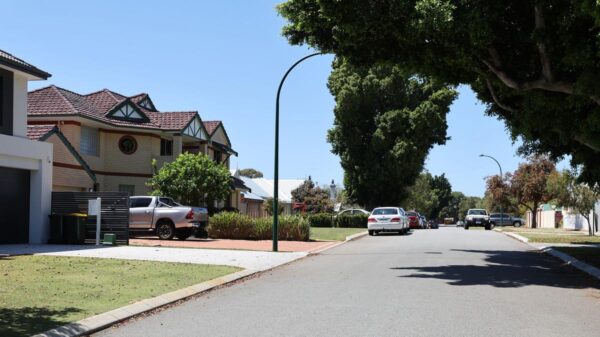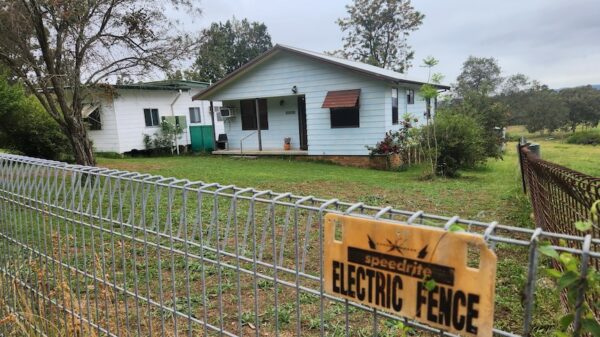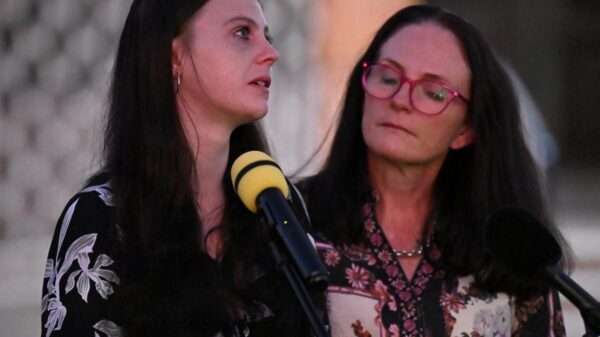Egypt is making a significant push towards renewable energy, committing to a robust investment of $10 billion to enhance its energy security. The country has been expanding its renewable energy capacity, particularly in solar and wind sectors, as part of a strategic initiative to diversify its energy mix and reduce reliance on fossil fuels.
The Egyptian government aims to derive 42 percent of its energy from renewable sources by 2030. Although it is currently far from achieving this ambitious target, efforts are underway to attract substantial international investments. As of now, Egypt has garnered limited investment in the renewable sector, prompting the government to introduce a variety of incentives designed to encourage foreign and domestic investment.
Recent Developments in Renewable Energy Initiatives
In a recent move, the Ministry of Electricity and Renewable Energy selected four companies to operate under a new private-to-private (P2P) power agreement model. This model will enable private energy producers to generate and sell electricity directly to industrial consumers. The projects selected have a combined capacity of 400 MW, and include Neptune Energy, AMEA Power, TAQA PV, and ENARA. Each company will construct its own renewable energy plants while paying transmission fees to the Egyptian Electricity Transmission Company (EETC).
Energy Minister Mahmoud Esmat stated that this initiative aligns with the government’s Electricity Law, aimed at fostering competition and attracting private investment. In addition, Egypt has partnered with Germany to enhance its wind energy development, securing $101 million for the interconnection of the ACWA Power 1 and 2 wind farms. The deal also includes $37.6 million in grants to establish training centers across Egypt, contributing towards skill development in renewable energy.
Major Projects and Financial Backing
In July, the British International Investment (BII) announced a significant investment exceeding $300 million to support two notable renewable projects: the Gulf of Suez Wind Farm and the Obelisk Solar Project. The Gulf of Suez Wind Farm, with a total cost of $1.2 billion, is poised to be Africa’s largest onshore wind development, generating 4,500 GWh of clean power annually and reducing carbon emissions by 2.5 million metric tonnes each year.
The Obelisk project, Egypt’s first integrated solar PV and battery energy storage system, is expected to produce 1.1 GW of solar power. It will also incorporate 200 MWh of battery storage, with support from Norway’s Scatec, the European Bank for Reconstruction and Development (EBRD), and the African Development Bank (AfDB). This project is a vital component of Egypt’s broader economic strategy, which focuses on sustainable development.
Egypt’s Minister of Planning, Economic Development, and International Cooperation, Rania Al-Mashat, highlighted the importance of the Obelisk project, stating that it represents a significant milestone under the energy pillar of the Nexus of Water, Food, and Energy programme. Since its launch at COP27 in November 2022, the programme has attracted 4.2 GW of privately financed renewable energy investments, valued at approximately $4 billion.
Egypt’s goals under the Nexus programme include adding 10 GW of renewable energy capacity and phasing out 5 GW of fossil fuel power generation by 2030. Through collaboration with private and international partners, Egypt is positioning itself to transition towards a sustainable energy future.
While the country has faced challenges, particularly energy shortages linked to issues at the Zohr offshore gas field, its commitment to renewable energy development signals a proactive approach to enhancing energy security. As Egypt continues to expand its renewable energy infrastructure, it aims not only to meet domestic needs but also to establish itself as a leader in green energy in the region.


































































